This is a guest article by freakishly strong gripster Jedd 'Napalm' Johnson - Straight to the Grip Contest: Pt V.
Up until now, we have covered the gripper setting techniques that are most widely known in Grip Sports. While these sets, allow for the athlete to pre-position the gripper before making the attempt to close the handles together, there are some other techniques that are practiced in which a pre-closing of the gripper is not permitted. These methods are called "no-sets."
Within this category, there are two techniques - the basic no-set, and the table no-set.
No-Set Close
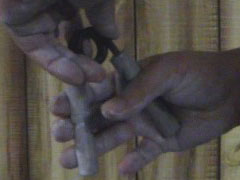
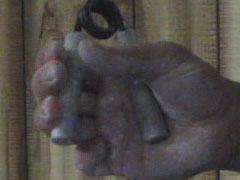
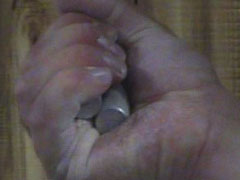
The No-Set technique is very easy to perform. All you really have to do is place the gripper in your hand how you want it, without pre-closing it, and give it a squeeze. The object is, of course, to close the gripper and touch the handles together, but upon trying this technique you will see that it is much harder to pull off because you have not pre-arranged the gripper into a position of optimal leverage. Instead, you have to work the handles the entire way through the range of the sweep.
Now, even though you do not pre-close the handles, you can still place the gripper so that it is in an advantageous position. Naturally, when you attempt a no-set close, you are not just going to haphazardly drop the gripper into your hand and hope your fingers catch it in a good spot. Instead, you should situate it, so that the anchor handle is firmly and squarely set against the thumb pad and the other is favorably in contact with the fingers. This will ensure that the gripper does not slip around in your hand while closing.
No-set closes are one of my main focuses with grippers at this time, and I can see that I progress much slower with no-sets than I do when using a set.
Table No-Set
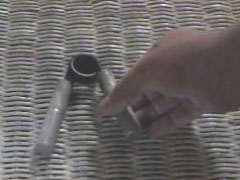
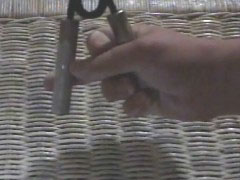
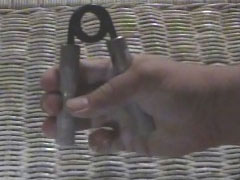
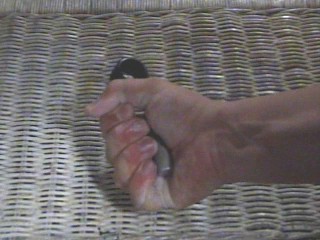
The table no-set is even more difficult, in my opinion, than the fundamental no-set gripper close. Again with this technique the close will not be assisted by the off-hand. In fact, with this technique only the squeezing hand is allowed to touch the gripper.
This technique is the one that is required for certifying under the Warren Tetting regulations. You can contact Warren Tetting for a specially made gripper which you can then certify on. To qualify, the gripper must start on a table or other hard, flat surface. The athlete must reach down with the squeezing hand, grab one handle and then wriggle the fingers into position to make the close.
To the best of my knowledge, the athlete must video tape the certification attempt and send it to Warren Tetting himself. Beyond these details, I am not sure, as I have never looked into this certification, although many Gripboard members have done so.
As far as grip contests are concerned, gripper closing techniques can't get much more pure than the Table No-set. Unless the promoter throws the gripper to the athlete and they must squeeze it upon contact, or if it is hung from a string and the athlete must try to close it in one impulsive thrust, or something along those lines; and I just don't see those challenges showing up in grip contests any time soon.
I do not recall any contests where No-sets and Table No-sets were the only approaches allowed in the gripper event. For our contest, the Global Grip Challenge, we normally specify the deepest set allowed and then if the athlete would like to use a shallower set it is perfectly acceptable. For instance, in 2005, we allowed a parallel set, but some athletes chose to use more of a Table No-set grip. In 2006, we changed to the credit card set, but we also allowed a no-set to be utilized for those who were afraid of burning up energy placing a credit card between the handles of the gripper.
Again, I think it is good to be well rounded as a Grip athlete and it will behoove you to train using all the techniques throughout the year. You might even try the toss-and-squeeze technique I mentioned above. But at some point, as the competition draws near, you should transition to a training phase where you specialize on the technique allowed at the contest itself.
Specialization. That is the theme for the next article in this series. Stay tuned. In the meantime, check out DieselCrew.com for all the latest updates. We just introduced a new product there that I know many of you would love to sink your teeth into. Thanks and STAY DIESEL.
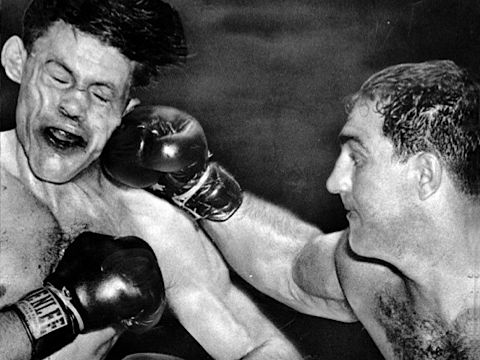
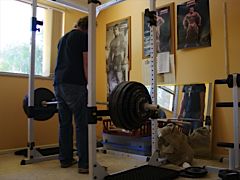 It's been a couple of years since I took a good look at
It's been a couple of years since I took a good look at 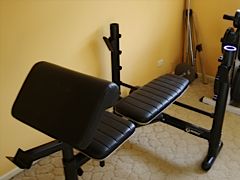 Bench (with preacher and leg curl attachments)
Bench (with preacher and leg curl attachments)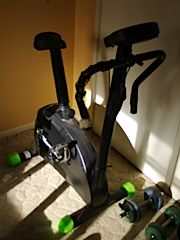 Exercise bike (stationary cycle)
Exercise bike (stationary cycle)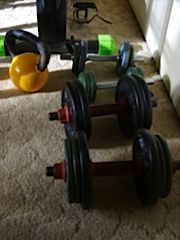 Assorted dumbbells (and kettlebell)
Assorted dumbbells (and kettlebell)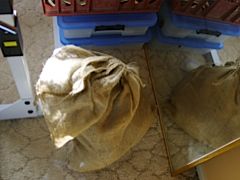 Sandbag
Sandbag Crabwalking [
Crabwalking [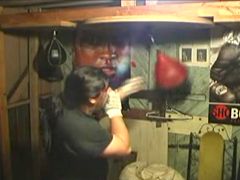 Via
Via 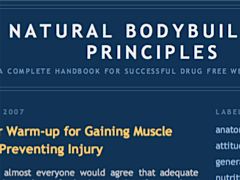
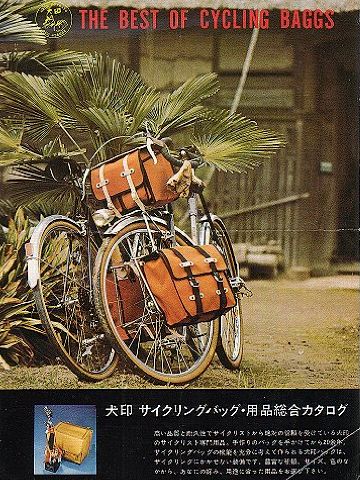
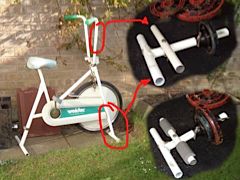
 If you have fond memories of
If you have fond memories of 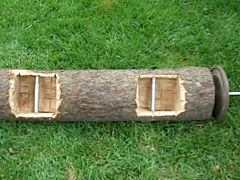 When it comes to
When it comes to 